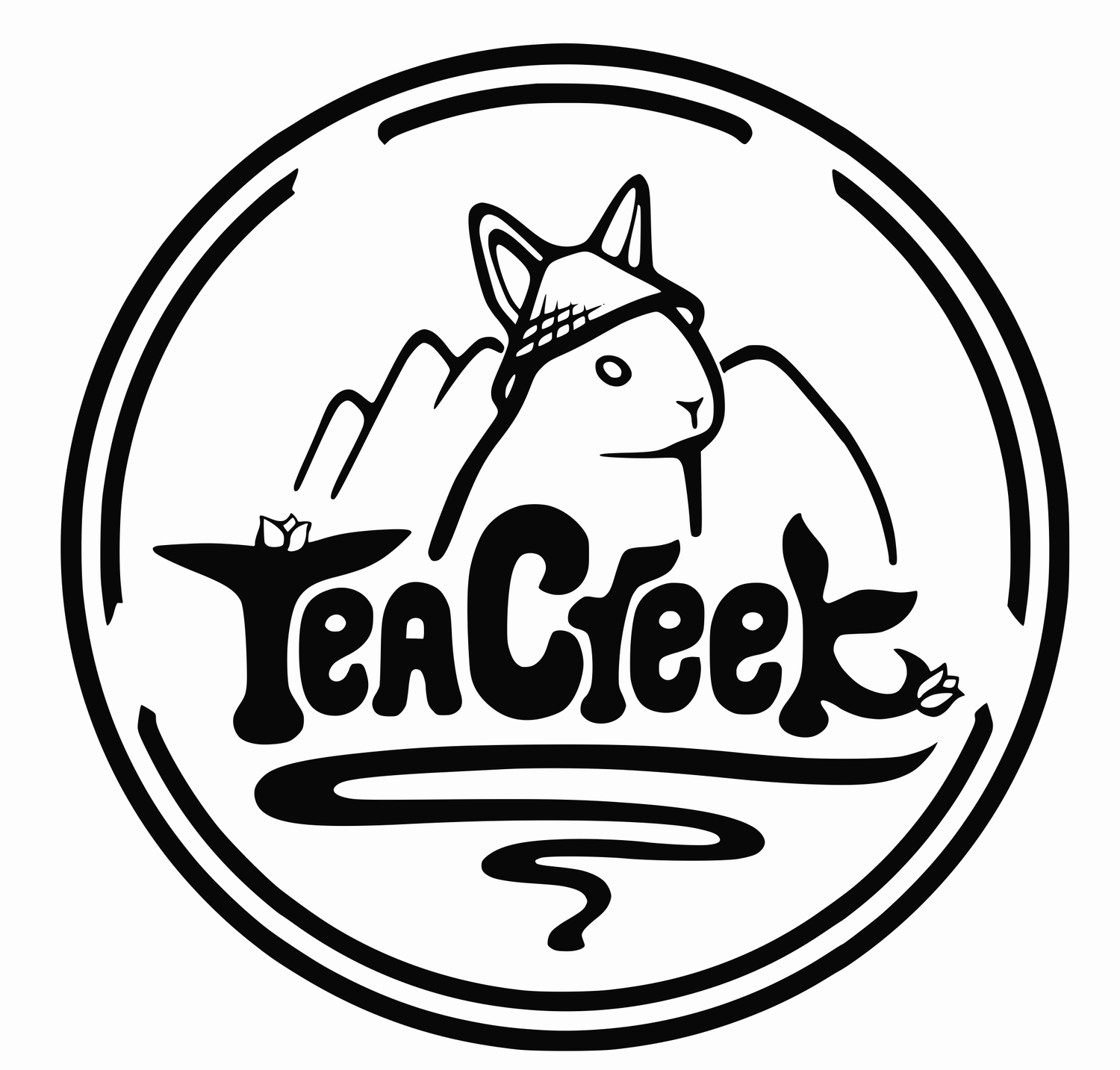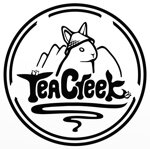Beynon Microfilm Statement
Recent updates below original statement.
On Feb 14, we re-discovered some microfilms in our workshop, which are attributed to William Beynon. We made a post to Instagram about the microfilms. CBC north picked up on the story, and subsequently wrote a comprehensive article on it. We recommend reading this article if you’re curious about this story.
Since the CBC story, other outlets have picked up on this story and it’s being re-told in different ways. We’ve been overwhelmed with emails, messages, and phone calls about the microfilms.
It is important that everyone knows that we do not have the capacity to handle the enquiries about the microfilm. We at Tea Creek are currently fully booked preparing for our next season of Indigenous-led, land-based, culturally-safe training and programming. We are under-resourced and stretched thin working to advance Indigenous Food Sovereignty. Please do not expect a reply to inquiries on this matter.
For those interested, here are some of the facts about the microfilms:
The films are copies of this collection: https://search.amphilsoc.org/collections/view?docId=ead/Mss.Film.1416-ead.xml
The originals are held in the Columbia University (See statement below from Columbia U).
The content is a collection of cultural content from multiple Sm'algya̱x speaking sources.
Tea Creek is a Tsimshian-owned and operated farm and venture. Our staff include Metis, Gitxsan, and Tsimshian peoples. The microfilms are being cared for by Indigenous peoples.
The Microfilms have been transferred to a security box in a financial institution for safekeeping.
The one microfilm we took a quick look at appears to be in excellent condition.
We do NOT have the originals, just microfilm. Do not focus attempts at repatriation towards us. The Microfilms are a copy, and the originals are held in the USA. We fully support repatriation efforts of all Indigenous nations. Please see contact information below for Columbia University.
We are consulting, as time allows, with hereditary leadership, cultural knowledge-keepers, and other Indigenous peoples and considering next steps.
There is a misconception that we are partnered with the Royal BC Museum. We are not. I reached out to a good friend there who is Indigenous and lead the recent totem pole repatriation there. I asked for advice and help in determining next steps with the microfilms. Their archivist was very helpful by doing some research. That is the extent of it with RBCM.
We are thrilled that the microfilms were rediscovered, that their value was acknowledged, and that they were saved from the trash bin. We hope that the renewed interest in Beynon will lead to more efforts to make his critically important writings more available to Indigenous peoples. As I said, we fully support the repatriation of Indigenous artifacts and cultural knowledge. For me personally, I now have an even stronger interest in Sm'algya̱x.
If there are any further significant developments with these microfilms or these manuscripts, we will inform everyone over our social media feeds.
-Jacob Beaton
Updates:
We’ve learned some Beynon papers have been scanned and are available individually here: https://diglib.amphilsoc.org/islandora/graphics/mssbb467-william-beynon-papers
We learned today (Feb 27) that the manuscripts are already being used as part of a language revitalization project. Apparently they are “an absolute gold mine” for “forgotten” Sm’algyax words. The stories are being transcribed into modern Sm’algyax orthography, it is translated, and then a fluent speaker reads the story in Sm’algyax and it is recorded. We were sent a sample video and it is beautiful to hear!
Feb 28: “Hello. I'm the head archivist at the American Philosophical Society, one of the libraries that also has copies of the microfilm you found. (There are about 30 other libraries with copies, it appears. Nearest ones would be Sealaska Heritage Institute in Juneau, and UBC in Vancouver.) The originals of the materials on the microfilm are at Columbia University. If you want to be in touch with them about getting copies from the originals, I can direct you to the right people there. (I don't know how their copying procedures work, but I know the right contact person.) There are other materials by Beynon also at our library. I'd be happy to assist anyone interested with more information about that: bcarpenter@amphilsoc.org . We are able to provide copies of materials for free for requests coming from Indigenous communities--who are the main constituency of researchers we work with. We're happy to be in touch! More info also here: https://www.amphilsoc.org/library/CNAIR”
March 13 Statement from Kevin Schlottmann, Head of Archives Processing at Columbia: William Beynon (1888–1958) was a Tsimshian chief and ethnographer. From 1932 to 1939, Beynon sent the anthropologist Franz Boas approximately 250 transcribed narratives, compiled from interviews with tribal elders. These are known as the Beynon Manuscripts. The texts are mostly interlinear Sm’algyax and English, i.e. each line of Sm’algyax is followed by a line of literal English translation. The entire corpus is about 8,000 pages.
Franz Boas gave the manuscripts to Columbia University around 1940, where they were stored in the Rare Book and Manuscript Library (RBML). In the late 1970s, requests from Tsimshian tribes and museums led to the materials being microfilmed by UMI. Copies of the microfilm were distributed to about 30 museums and archives around the United States and Canada. Per a press release from Columbia in 1982 about the microfilm project, the material was copyrighted by Columbia, at the urging of the tribes, to protect it from commercial exploitation. Around the same time, the Metlakatla Indian Community of Alaska produced two paperback volumes of tales drawn from the manuscript texts.
A more detailed history of the texts, and prior efforts to make them available for language revitalization work, can be found in this article: Principles and Practicalities of Corpus Design in Language Retrieval: Issues in the Digitization of the Beynon Corpus of Early Twentieth-Century Sm'algyax Materials. Stebbins, Tonya N; Hellwig, Birgit. Language Documentation and Conservation Vol. 4, (0, 2010): 34-59. Open access link to PDF download.
RBML is excited to see the interest that the rediscovery of a set of the microfilm reels has stirred. Based on recent inquiries, we have been planning a project to better describe the material, and create high-quality digital images of the original materials to ensure these are accessible to those who most need them, in particular language revitalization groups. All our efforts around Native American and First Nations archival material are guided by the Protocols for Native American Archival Materials, and we are therefore committed to careful relationship and trust building, and to understanding the cultural sensitivity of the texts. You may contact Kevin Schlottmann, head of archives processing at RBML (kws2126@columbia.edu) for more information.

